A Virtual Tour of the Kanji Museum
In last weekend's newsletter I mentioned that our own Ulrike Narins, creator of Ulrike's Mnemonics, managed to visit the brand-new kanji museum in Kyoto. She inspired considerable envy on this end but softened the blow by sending dozens of photos. I'll share some with you now, starting with a pictorial quiz.
In each of the following photos, can you spot a kanji in the landscape? See how many shapes suggest kanji to you:
While you think about all that, I'll share Ulrike's shots of the very impressive central tower at the museum:
The blue speech balloon in the latter photo contains these words:
漢字5万字タワー
50,000 Kanji Tower
漢字 (かんじ: kanji); 万* (まん: 10,000); 字* (じ: character)
自分の名前を探してね
Look for Your Name
自分 (じぶん: one's); 名前 (なまえ: name); 探す (さがす: to look for)
As one article explains, this tower is at the heart of the museum:
The centerpiece of the museum is the “50,000 kanji tower,” a 7.8-meter high pillar on which all the kanji in Morohashi Tetsuji’s comprehensive Dai Kan-Wa jiten dictionary appear. They are printed in different colors and different sizes, depending on how common they are. The most prominent are those learned by Japanese students during their years in elementary through high school. The tower provides perspective to those who quail at the volume of characters they have to study and should make them grateful that they are not required to memorize tens of thousands.
No, instead they need to know 2,136 characters to graduate from high school. I'm speaking, of course, about our beloved Joyo kanji set, which expanded to that number in 2010, as the text in this photo explains:
Here's the text with translations:
常用漢字の見直し
Revision of the Joyo Kanji
常用漢字* (じょうようかんじ: Joyo kanji); 見直し (みなおし: revision)
約30年ぶりに常用漢字表が改定されました。
After about 30 years, the Joyo list was revised.
約 (やく: approximately); 年ぶり (ねんぶり: after an interval of ... years); -表* (-ひょう: table); 改定* (かいてい: revision)
2010年11月「改定常用漢字表(2136字)」が告示されました。
In November 2010, the revised Joyo kanji list was announced, containing 2,136 characters.
年* (ねん: year); 11月 (じゅういちがつ: November); 告示 (こくじ: notice)
ますます増加する、パソコンやスマートフォンでの文字使用を考慮して作られたものです。
The revised table was made taking into account the increasing use of characters on computers and smart phones.
ますます (increasingly); 増加 (ぞうか: increase); 文字 (もじ: characters); 使用 (しよう: use); 考慮 (こうりょ: taking into account); 作る (つくる: to make, shown here in the past tense of its passive voice)
書籍や新聞だけでなく、ウェブサイト上の13億9000万字ものテータも分析•検討して、よく使われる「謎」などの196字を追加し、5字を削除しました。
After analyzing data consisting of 1,390,000,000 characters used not only in publications and newspapers but also on websites, we added 196 commonly used characters, including 謎 (mystery), and eliminated 5.
書籍 (しょせき: publication); 新聞 (しんぶん: newspaper); -上 (-じょう: on); 億 (おく: hundred million); 分析 (ぶんせき: analysis); 検討 (けんとう: review); 使う (つかう: to use, shown here in its passive voice); 謎 (なぞ: mystery); 追加 (ついか: addition); 削除 (さくじょ: elimination)
また、手書きと印刷とでの字形の違いについても、2016年に「常用漢字表の字体•字形に関する指針(報告)」としてその考え方が具体的に示されました。
Also, guidelines on what to consider about the differences in handwritten versus typed characters were presented concretely in 2016 as A Report on Forms and Shapes of the Kanji in the Joyo Kanji List.
手書き (てがき: handwriting); 印刷 (いんさつ: printing); 字形* (じけい: style of a character); 違い (ちがい: difference); 字体 (じたい: font); 関する (かんする: to be related); 指針 (ししん: guiding principle); 報告 (ほうこく: information); 考え方 (かんがえかた: how to think); 具体的 (ぐたいてき: concrete); 示す (しめす: to point out, shown here in the past tense of its passive voice)
A green chart appears in the photo, showing the differences between handwritten and printed kanji.
By now I'm sure you're ready for the quiz answers—or you've forgotten all about them! Here they are:
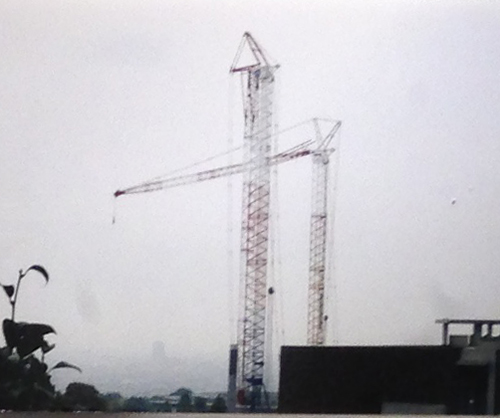
This looks like 力 (ちから: power).
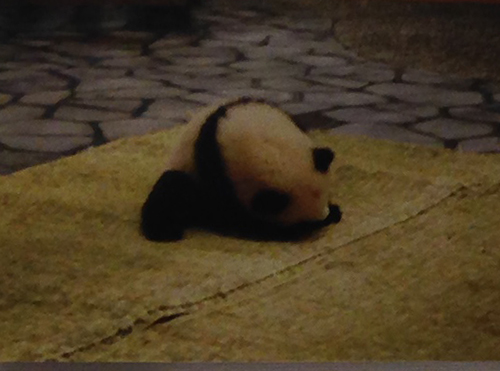
Look at the black parts, including the ears. These parts collectively resemble 心 (こころ: heart)!
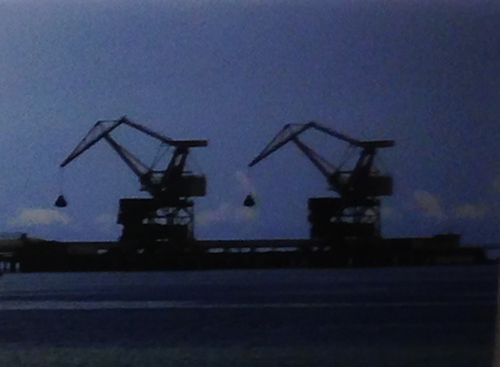
Here we have 多 (た: many).
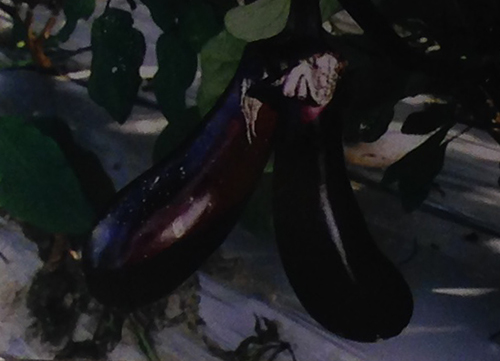
These eggplants form 八 (はち: eight).
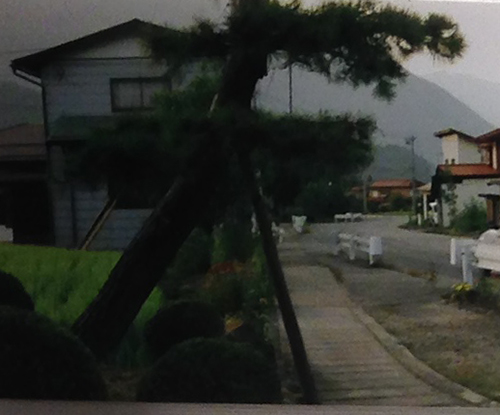
We just about have 天 (てん: sky).
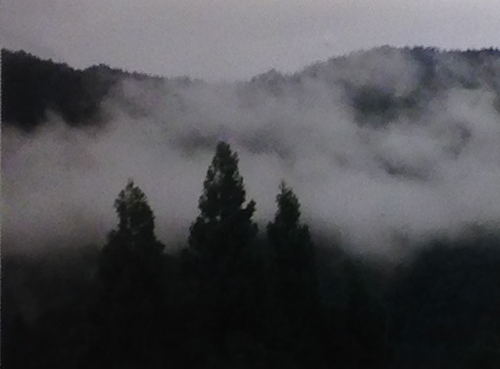
There's a mountain (山,やま) against the mountain! Actually, the trees form the old-style version of 山, the one that's more clearly a pictograph of a mountain:


This looks just like 門 (もん: gate).
Hey, I just realized that four of these seven kanji are also radicals! There's always more to examine with kanji!
Here's a preview of the newest essay:
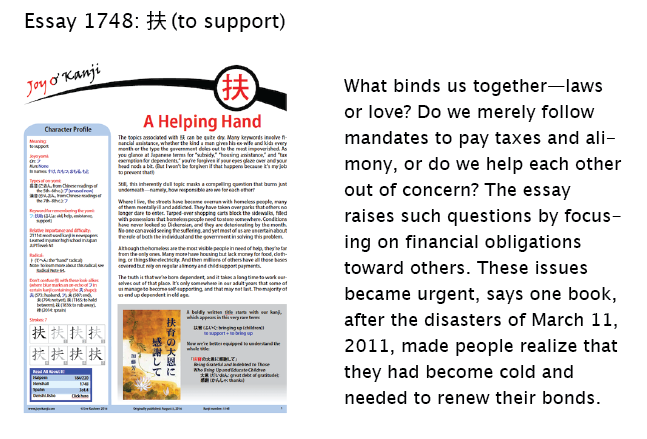
Have a great weekend!


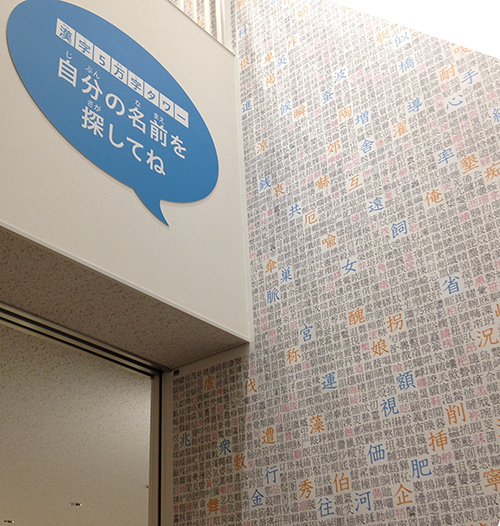
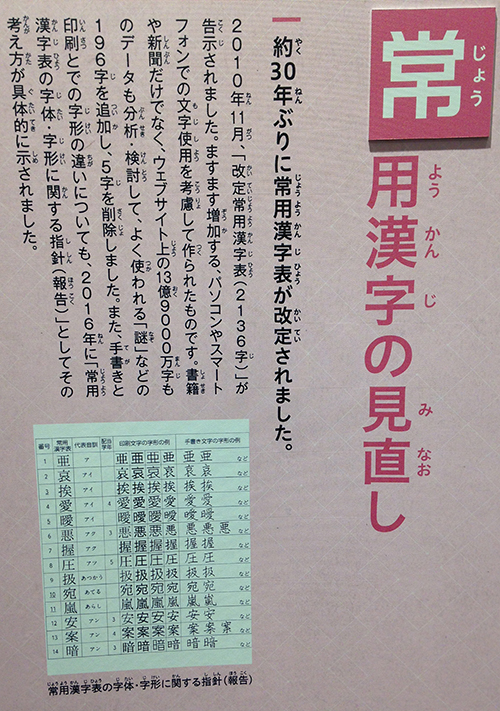
Comments